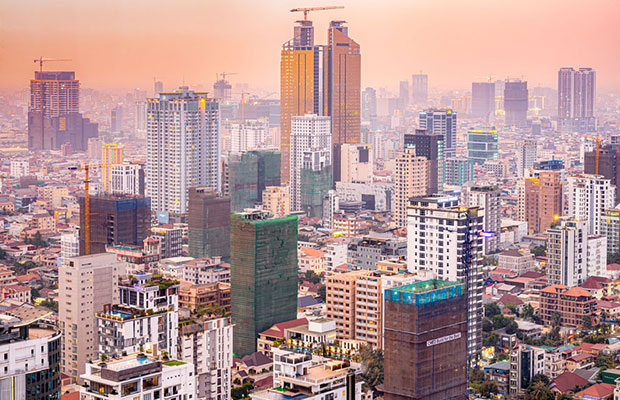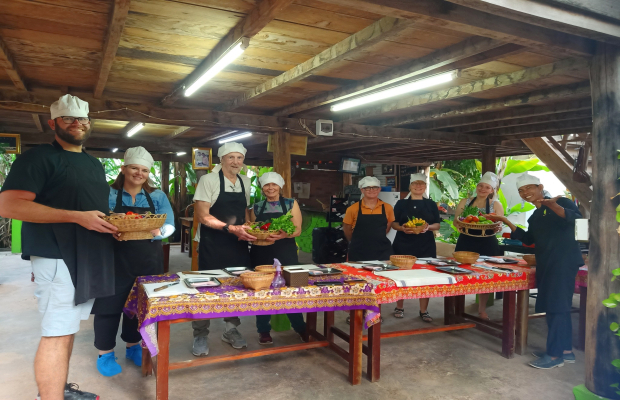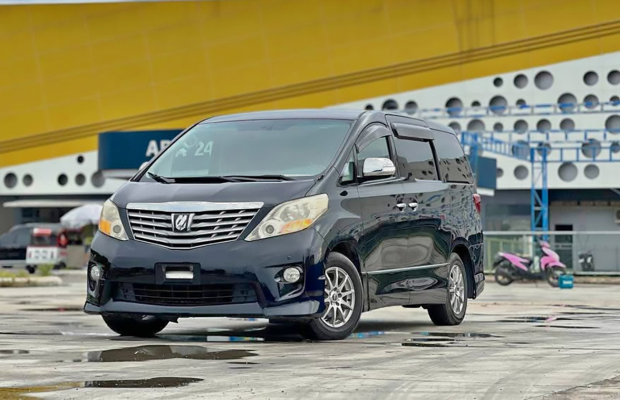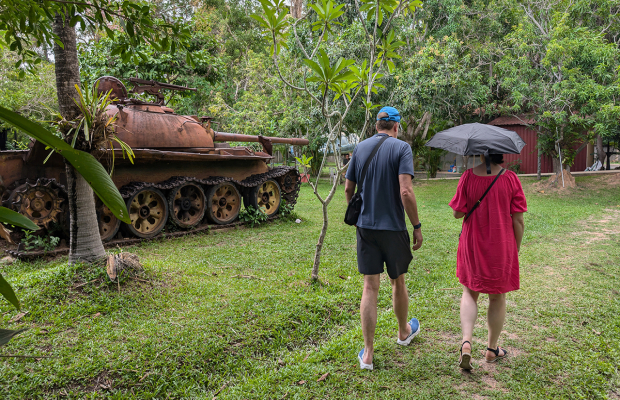Cambodia Information
Cambodian Economy
The Economy of Cambodia has seen rapid economic progress in the last decade. Per capita income, although rapidly increasing, is low compared with most neighbouring countries. The main domestic activity on which most rural households depend is agriculture and its related sub-sectors. Manufacturing output is varied but is not very extensive and is mostly conducted on a small-scale and informal basis. The service sector is heavily concentrated in trading activities and catering-related services. Cambodia has reported that oil and natural gas reserves have been found off-shore.
During 1995, the government implemented firm stabilization policies under difficult circumstances. Overall, macroeconomic performance was good. Growth in 1995 was estimated at 7% because of improved agricultural production (rice in particular). Strong growth in construction and services continued. Inflation dropped from 26% in 1994 to only 6% in 1995. Imports increased as a result of the availability of external financing. Exports also increased, due to an increase in log exports. With regard to the budget, both the current and overall deficits were lower than originally targeted.
After four years of solid macroeconomic performance, Cambodia's economy slowed dramatically in 1997-98 due to the regional economic crisis, civil violence, and political infighting. Foreign investment and tourism fell off. Also, in 1998 the main harvest was hit by drought. But in 1999, the first full year of peace in 30 years, progress was made on economic reforms and growth resumed at 4%. The long-term development of the economy after decades of war remains a daunting challenge. The population lacks education and productive skills, particularly in the poverty-ridden countryside, which suffers from an almost total lack of basic infrastructure. Recurring political instability and corruption within government discourage foreign investment and delay foreign aid. On the brighter side, the government is addressing these issues with assistance from bilateral and multilateral donors.
Foreign Aid
Cambodia's emerging democracy has received strong international support. Under the mandate carried out by the United Nations Transitional Authority in Cambodia (UNTAC), $1.72 billion (1.72 G$) was spent in an effort to bring basic security, stability and democratic rule to the country. Regarding economic assistance, official donors had pledged $880 million at the Ministerial Conference on the Rehabilitation of Cambodia (MCRRC) in Tokyo in June 1992, to which pledges of $119 million were added in September 1993 at the meeting of the International Committee on the Reconstruction of Cambodia (ICORC) in Paris, and $643 million at the March 1994 ICORC meeting in Tokyo. To date, therefore, the total amount pledged for Cambodia's rehabilitation is approximately 12.3 G$.
Cambodia in Recent Development
2007 GDP (or gross monetarised product GMP)grew an estimated 18.6%, in line with the 2000/06 average of 9.5 percent. Garment exports rose almost 8%, tourist arrivals jumped nearly 35%, and construction activity doubled. With exports decelerating somewhat, the 2007 GDP growth was driven by consumption and investment. Foreign direct investment (FDI) inflows reached US$600 million (7 percent of GDP), slightly more than the country received in official aid. Domestic investment, driven largely by the private sector, accounted for 23.4 percent of GDP. Approximately 2,860 new businesses registered for operation in 2007, a 71 percent increase over 2006.
Although risks have increased, economic prospects for 2008 remain strong. The projected 7.5 percent growth rate for 2008 reflects a mix of growth in services (mainly tourism) and construction combined with a slowdown in garment exports. Export growth, especially to the US, began to slow in late 2007 accompanied by stiffer competition from Vietnam and emerging risks (slowdown in the US economy and lifting of safeguards on China’s exports). Although exports of cash crops have grown fast in recent years, developments in the garment industry have a major impact on Cambodia’s export performance. On the other hand, Cambodia’s exporters might benefit from the depreciation of the dollar. Another risk is uncertainties in the construction sector.
Cambodian Economic Statistic
Investment (gross fixed): 3% of GDP (2011 est.)
Household income or consumption by percentage share:
lowest 10%: 2.6%
highest 10%: 23.7% (2011)
Agriculture - products: rice, rubber, corn, vegetables, cashews, tapioca, silk
Industries: tourism, garments, construction, rice milling, fishing, wood and wood products, rubber, cement, gem mining, textiles
Industrial production growth rate: 5.7% (2011 est.)
Electricity:
- production: 1.273 billion kWh (2010)
- consumption: 1.272 billion kWh (2010)
- exports: 0 kWh (2010)
- imports: 274 million kWh (2010)
Exchange rates: riels (KHR) per US dollar - 4,395.62 (2011), 4,145 (2010), 4,139.33 (2009), 4,070.94 (2008), 4,006 (2007), 4,103 (2006)






























